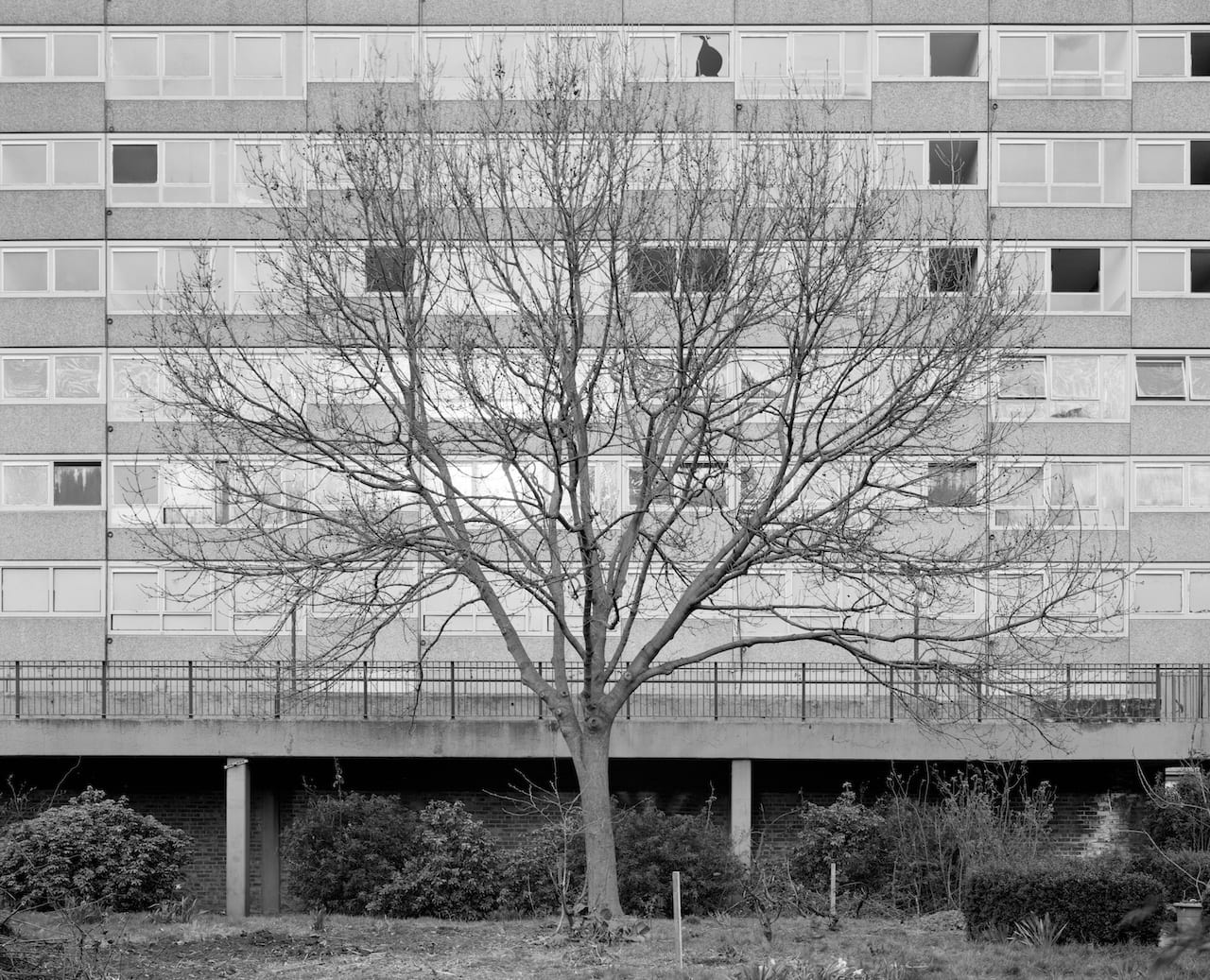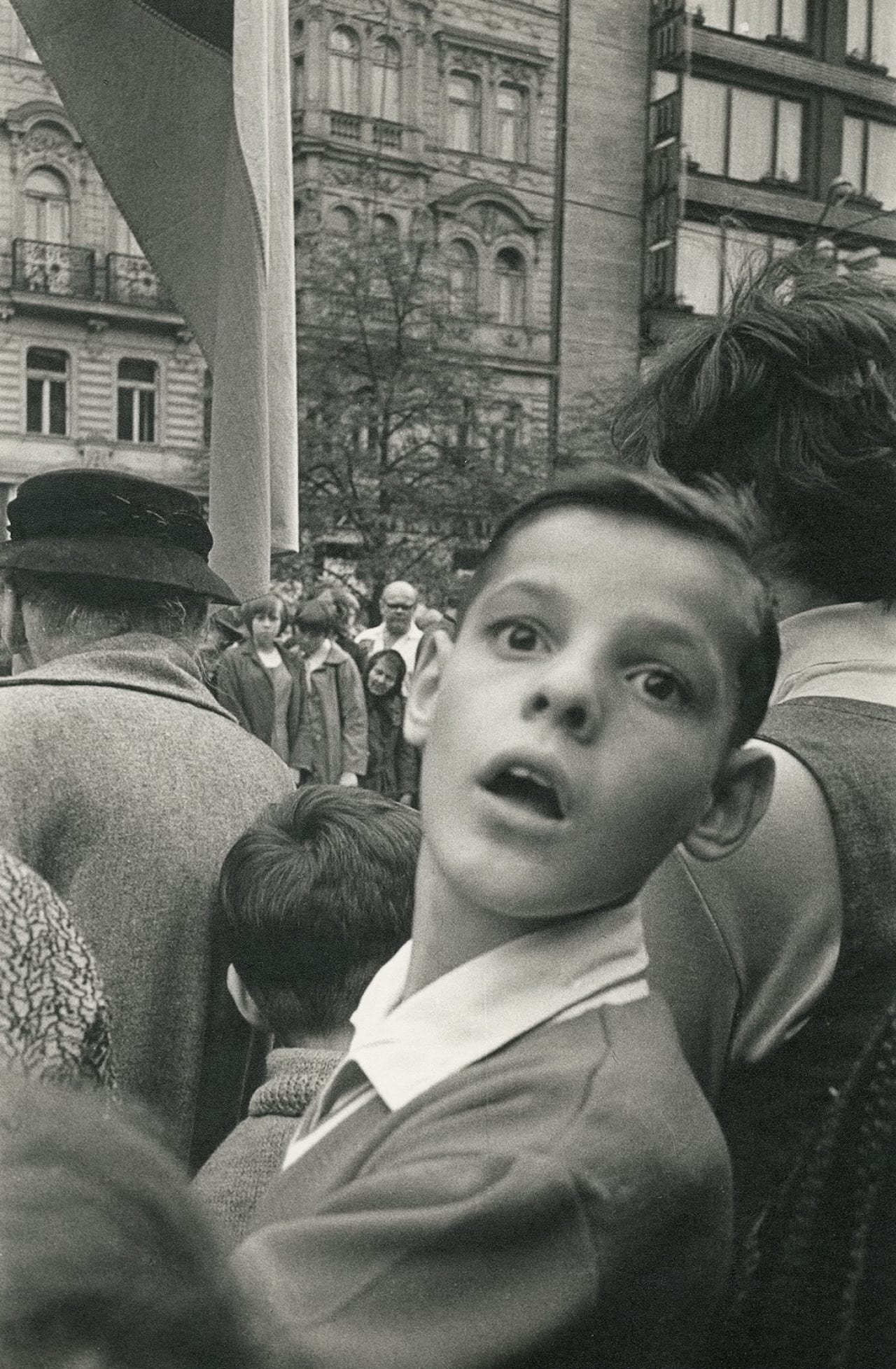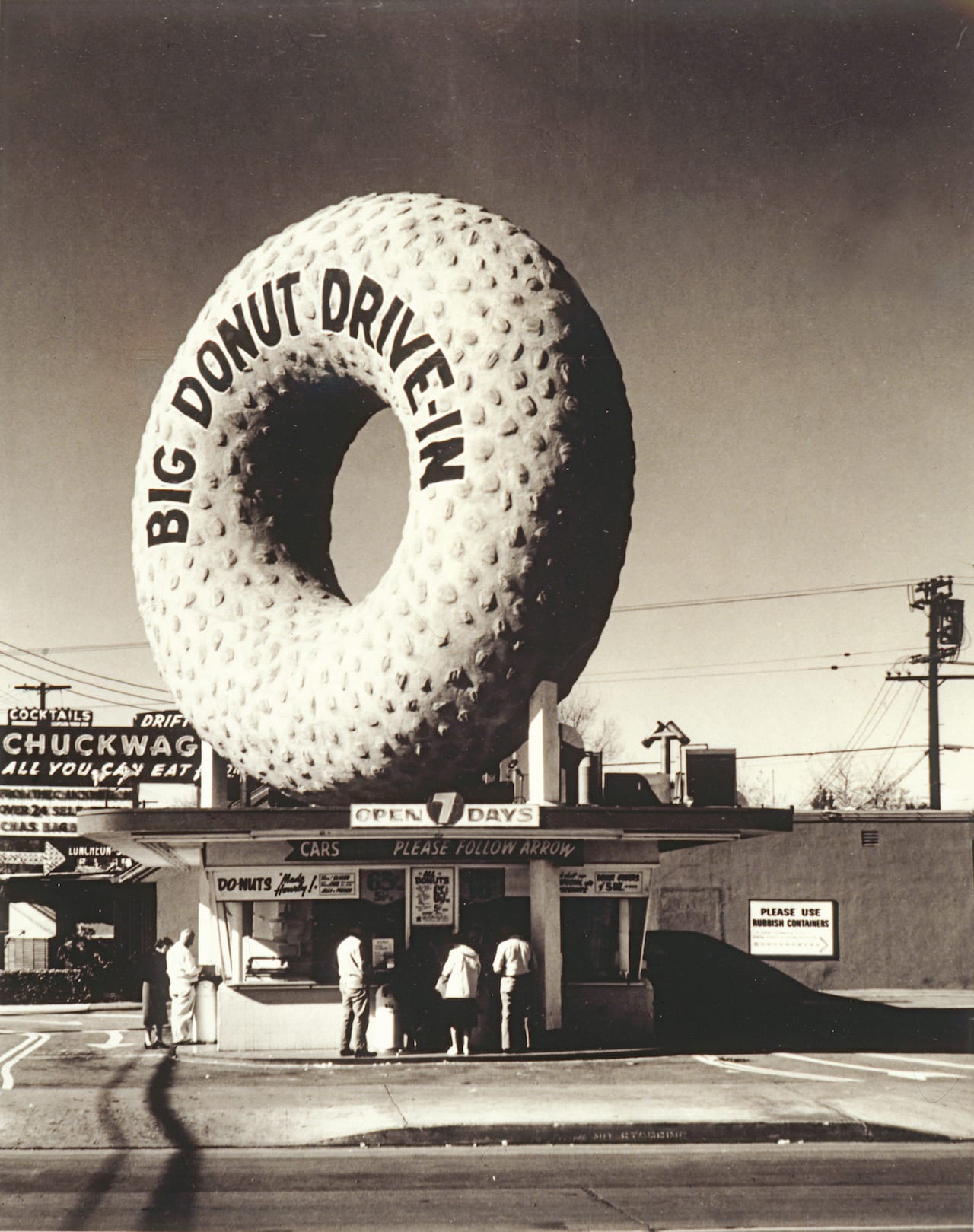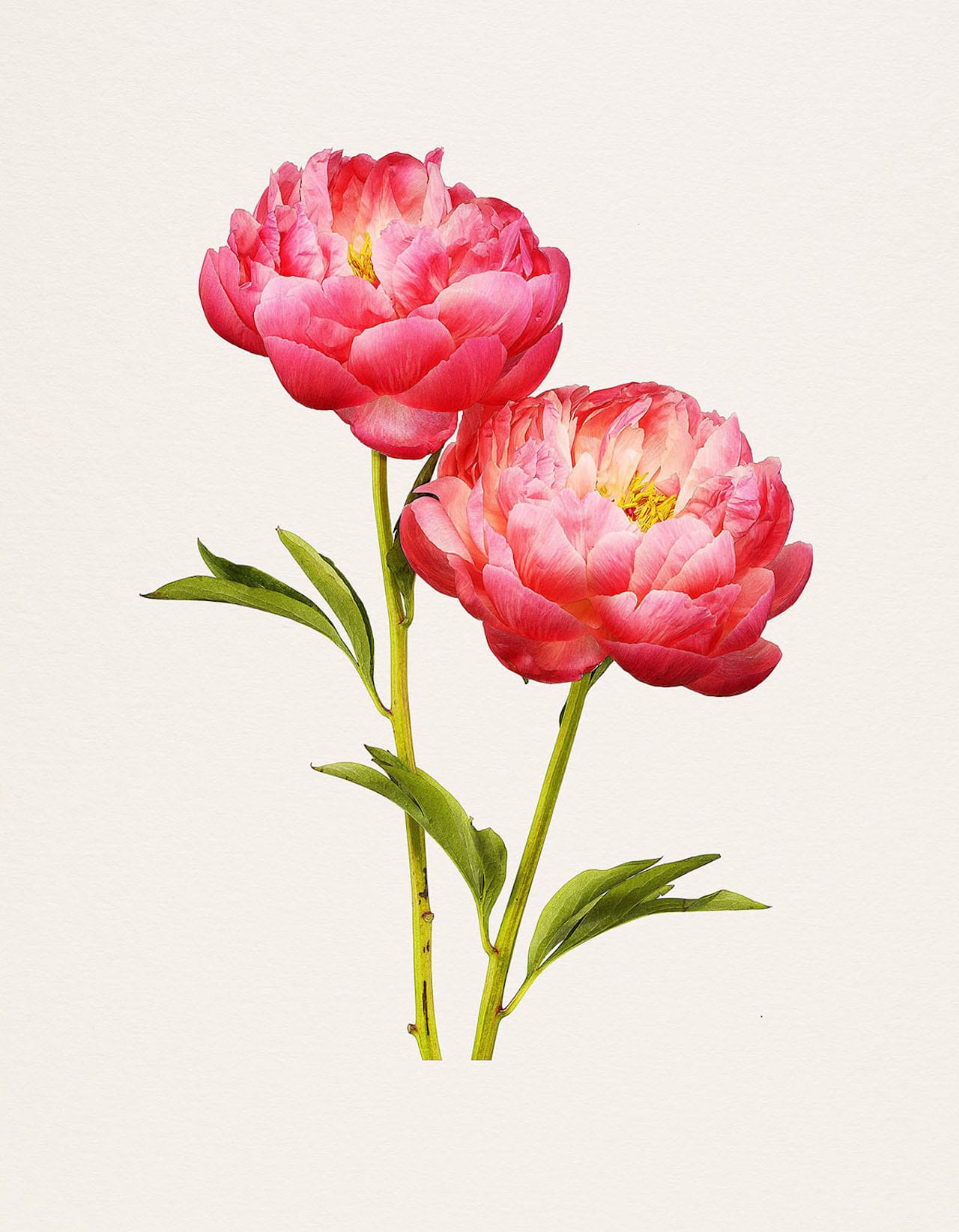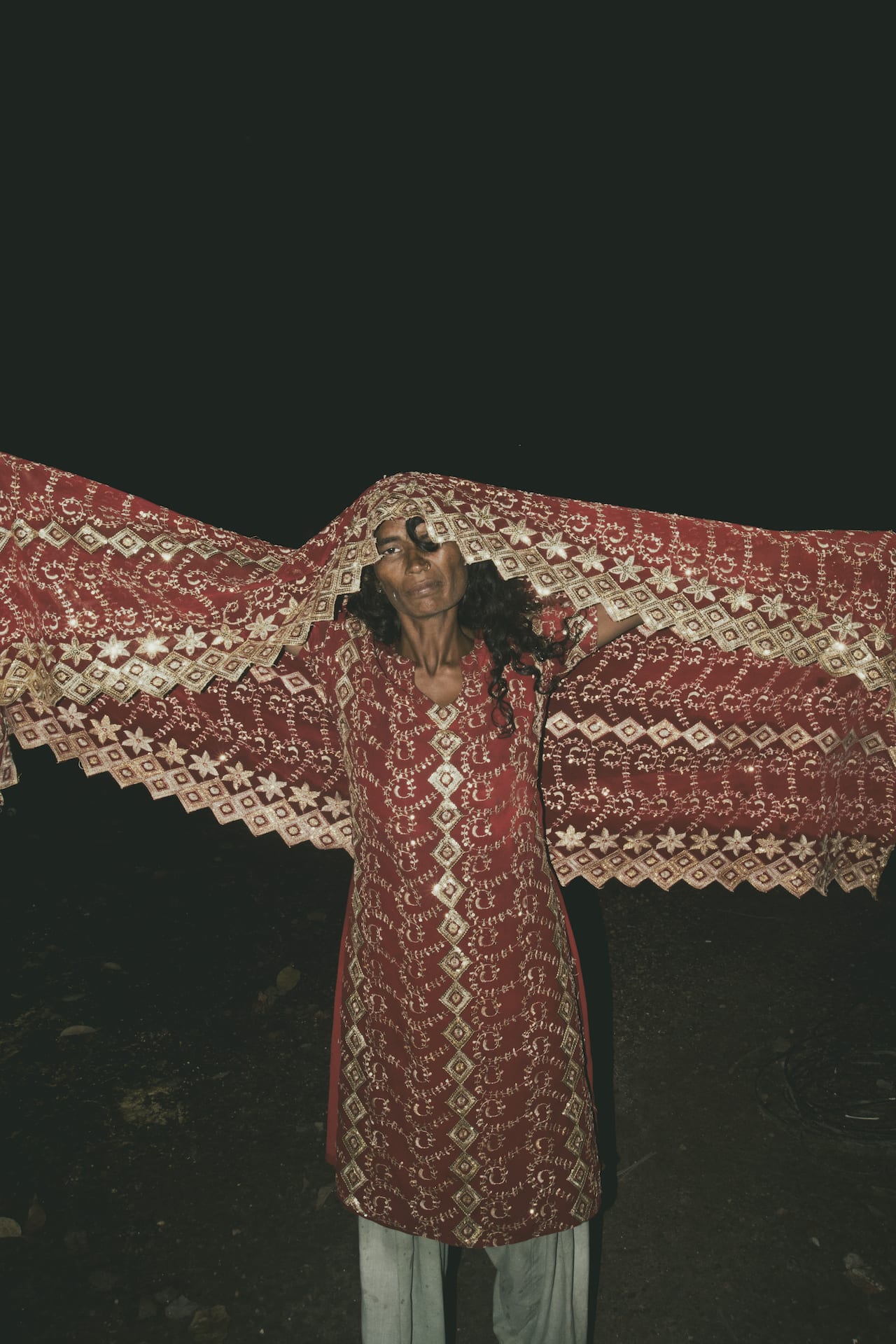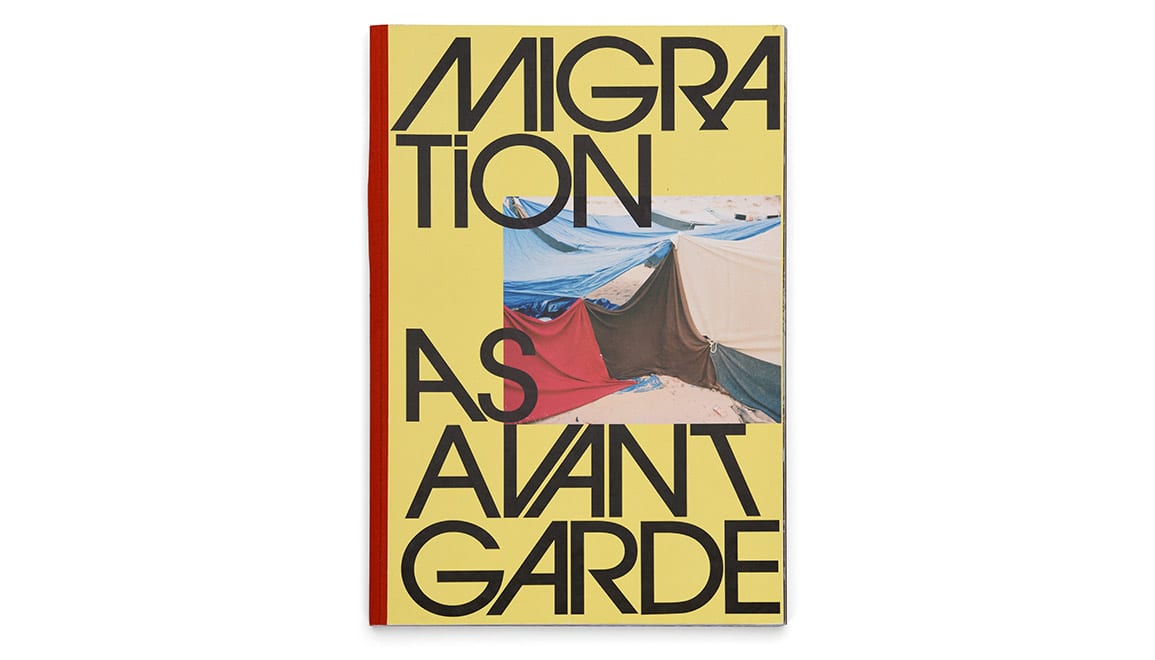Completed in 1974, London’s Heygate Estate was once a symbol of triumph over destruction, housing some 3000 people on the site of Victorian tenements destroyed by World World Two bombing. The estate was also home to an ‘urban forest’ planted in the 1970s, which included the best part of 500 mature trees by 2011, when Matthew Benjamin Coleman started to photograph the site.
But by 2011 Southwark Council, which owned the estate, had also already moved out many of its tenants and leaseholders, starting a process which culminated in it selling the land in 2013 to the Lendlease property developer. As the estate depopulated, “guerrilla gardeners, graffiti artists, skateboarders and parkour enthusiasts, as well as photographers, film-makers, and other assorted ruin-tourists” moved in, says Coleman; he adds that, of the 406 trees on the estate in 2013, 286 were felled to make way for building work.

